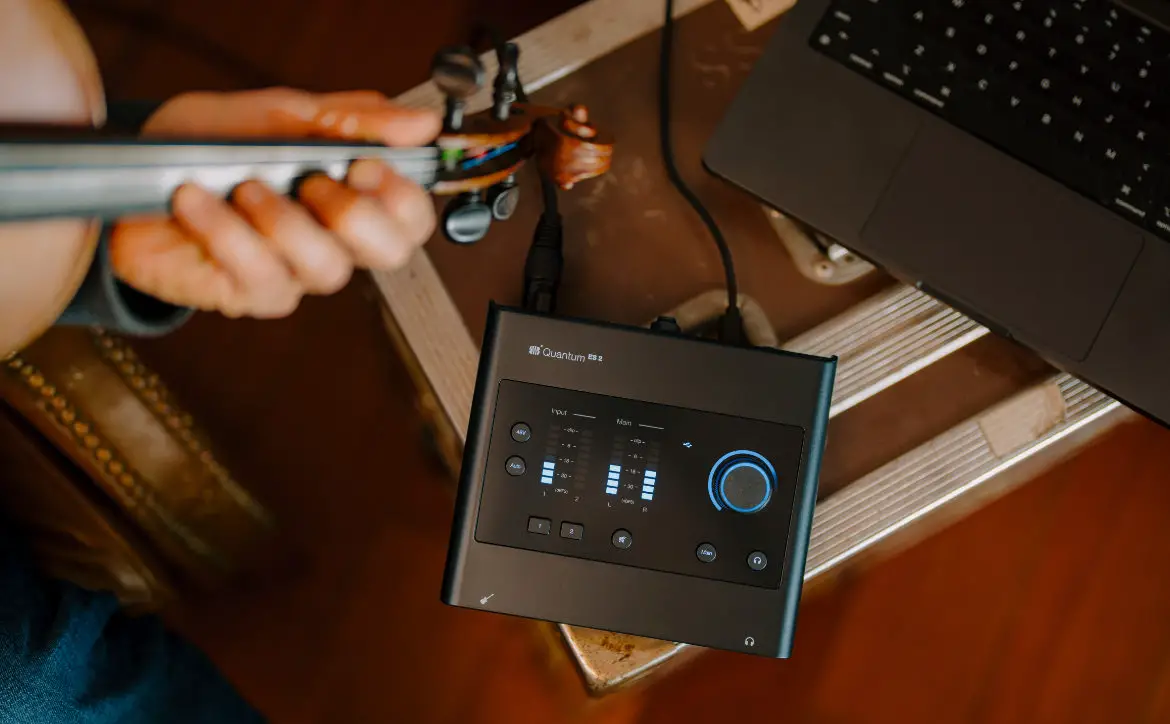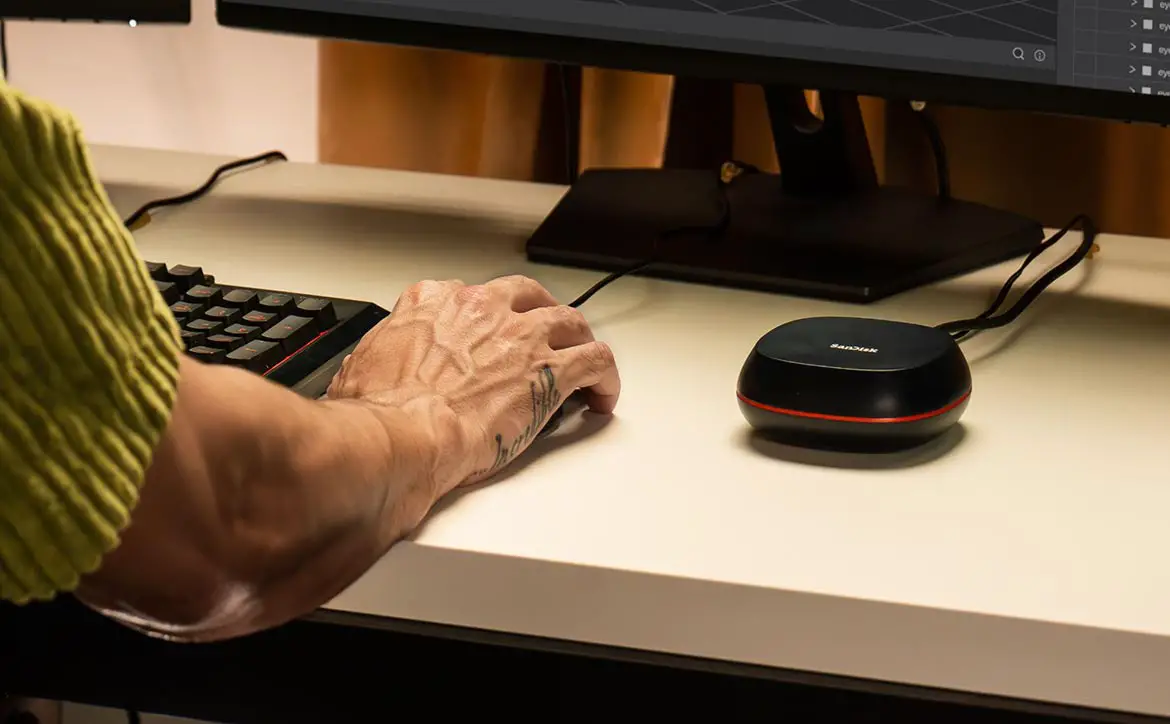When it comes to making the big decisions and setting the overall direction of the enterprise, it is the C-suite that leads the charge. You may think that top-level executives are only concerned with pure business decisions like sales targets and corporate responsibility. However, the reality is that senior management plays a crucial role in ensuring the integrity and security of an organization’s digital assets.
Estimated reading time: 6 minutes
Cybersecurity risks and threats should be a considerable cause for concern by the C-suite. A 2018 survey showed that the average cost of a data breach to an organization costs at least $3.86 million. That is a lot of money for any organization to lose. But the toll of a cybersecurity breach goes far beyond the financial. A data breach can have a significant impact on the brand value of the organization. It can result in a deterioration of trust in the organization by vendors and customers and, at its worst, could erode a company’s stock price.
In any business or organization, the IT department or the cybersecurity team knows the technical background and ramifications of security threats and safety protocols. But it is up to the C-suite to create and fund the security strategy set forth and recommended by the cybersecurity team.
Granted, talking to the C-suite could sometimes be daunting as there will be a noticeable gap in fully understanding cybersecurity’s technical aspects. What’s important here is for decision-makers to have complete visibility over the entire organization’s security posture. Strategies for continuous security validation will require that the significant decision-makers have adequate oversight regarding the assets and resources that the business has and any potential threats and how these are being addressed.
The C-Suite/Cybersecurity conversation
A big issue for any organization is that the C-suite and the cybersecurity teams would have misalignments in terms of how they view the issue of cybersecurity.
A common pain point between cybersecurity teams and the C-suite is the amount and intensity of restrictions being imposed on the organization.
For many C-level executives, the restrictions can get quite frustrating. This is aggravated if the IT department does not provide adequate information behind the policies or does not take the time to explain why it’s being implemented. A recent study conducted by Pew Research bears this fact out. The study showed that 68 percent of adults think internet restrictions are already impinging on their privacy rights. This could be seen as also reflective of the C-suite’s views on cybersecurity protocols that they believe are too strict.
Another issue is that most C-level executives do not think the organization should prioritize cybersecurity. It has been reported that 42 percent of top executives do not feel cybersecurity should be prioritized. This perception could be attributed to the above-mentioned lack of complete understanding of the technical aspects of cybersecurity and not getting a full appreciation of the dangers of cyber attacks and their effects on the organization.

It’s time for the C-suite to step up
While it is acknowledged that the disconnect between C-level executives and cybersecurity poses a challenge in any organization, it is time for the C-suite to step up. Cybersecurity concerns are real and could have devastating effects on the business.
Some experts think that one way to resolve this issue is for the C-suite to realize the dangers of cybersecurity threats and malicious attacks as directly affecting them. A sobering piece of information is that 84 percent of C-level executives have claimed to have been targeted directly by at least one form of cyber-attack. This is an exceptionally high number of incidents that target a minimal number of executives. This figure will be a sobering realization of the dangers the C-suite encounters constantly.
Another way for the C-suite to better appreciate the importance of cybersecurity and why executives should get behind its strict implementation is the effect of malicious attacks on the organization’s profitability. As mentioned above, the high cost of a data breach should be an eye-opener for the company’s decision-makers. With cyber-attacks rising every year, the potential of a business getting attacked by cybercriminals will not be a matter of “if” but rather “when.”
Bridging the gap
One thing needs to happen to get the C-suite on board the cybersecurity train and fully get behind its implementation.
The communication gap between the C-level executives and the IT department or cybersecurity team should be resolved.
The C-suite and the cybersecurity team need to work together closely. First, the IT department should take the time to explain the ins and outs of cybersecurity, educating the executives about security measures, how it works, and why it needs to be implemented at the level it is recommended. A good example of this is the MITRE ATT&CK framework, which is a global knowledge base of all adversary tactics used by cybercriminals.
Most executives don’t even know this exists, or if they do, they only have a rudimentary understanding of what it is. It is up to the cybersecurity teams to introduce this extremely crucial security database and explain its importance and impact in the fight against cyber-attacks. By explaining what cyber security protocols do, what the effects are, and how it promotes heightened security for the organization, the C-suite can better appreciate these recommendations.
In an ideal situation, the cybersecurity team should have at least one C-level executive who will act as their champion in the executive team.
Better communication between the C-suite and the cybersecurity team will also mean the seamless alignment of the processes that need to be implemented when a crisis happens. An organization needs to have a robust business continuity plan that can be deployed when a cyber-attack occurs.
For the most agile organizations, the enterprise can provide well-thought-out incident responses for particular cyber-attack scenarios (phishing, DDoS attacks, data leaks, etc.). But it’s hard to provide this kind of calibrated response without knowing what to prepare for and without thorough visibility over one’s security posture.
Conclusion
Cybersecurity threats pose a clear and present danger to any organization. The C-suite has a big role to play in providing the needed support to the IT department and ensuring that the organization is safe and secure from cybercriminals. Only by establishing good communication between C-level executives and the cybersecurity team can the organization’s cyber safety be ensured.
What do you think of C-Suite? Please share your thoughts on any of the social media pages listed below. You can also comment on our MeWe page by joining the MeWe social network.
Last Updated on October 19, 2021.











